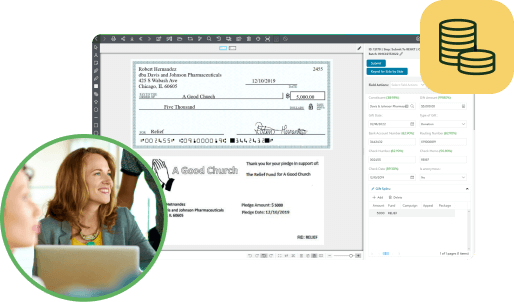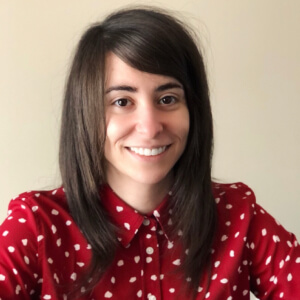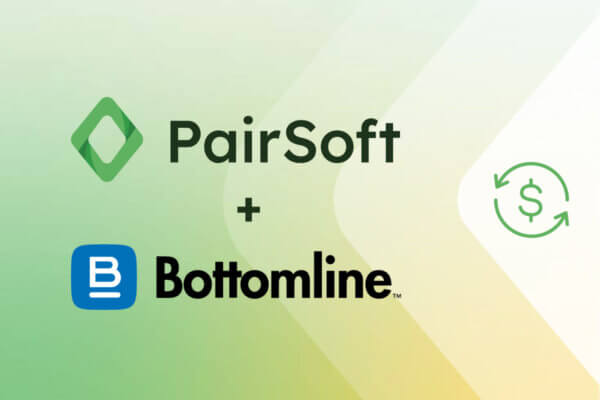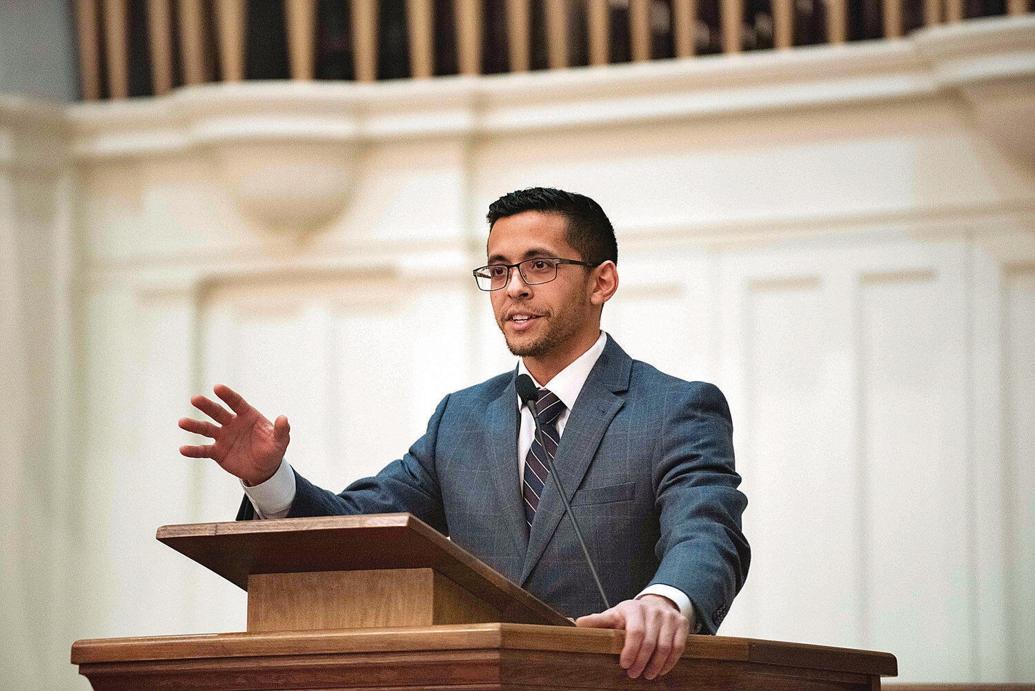 This thought piece is brought to us by Nader Hashim, a Vermont state senator and director of The Bright Leadership Institute, based on his firsthand experiences in the donor world and how his teams have navigated donor management in a rapidly changing landscape.
This thought piece is brought to us by Nader Hashim, a Vermont state senator and director of The Bright Leadership Institute, based on his firsthand experiences in the donor world and how his teams have navigated donor management in a rapidly changing landscape.
Over the last several years, I’ve served as an assistant director and vice president for two non-profits, and have helped run two successful political campaigns. Despite the successes, there is always room for improvement and reflections on how things could have been done differently to improve my effectiveness.
I can remember when I started my first fundraising project in 2018 and I was scared to death of asking people for money. I spent plenty of time trying to figure out how to find large donors and people who would be reliable for future donations. I toured across my community and met many folks, but there was one individual who stood out among the rest. He was a man who toured the world, had started his own non-profit, and successfully opened an international school. I had no idea about his background until we spent a few hours talking.
Conventional wisdom, at least for political campaigns, suggests that you do not spend more than 15-20 minutes following up leads for donations. In this instance, I put that wisdom to the side and it paid off in dividends. This individual donated the maximum amount that he could under state law, and then subsequently continued to donate over the years to different projects and political campaigns that I presented to him.
The reason I was able to cultivate this relationship beyond just a one-time donation is because I maintained communication with him, and also presented projects that piqued his interests, personal beliefs, and community-oriented goals.
What am I giving you money for?
Fast forward to today, and I must admit I have lost track of how many people I have asked to donate to different causes. However, I can tell you that a frequent question I have received is, “What will the money be used for?” There are two parts to this question, and it depends on the lead as to whether you will answer one or both parts.
First, they may want to know the logistical details of what you need the money for. Is it for flyers? Yard signs? Hiring staff? Or for some other tangible usage?
Second, they may want to get a better understanding of your goals, mission statement, and how you plan to achieve that. For this, they are wondering what you believe in, what problem you are trying to fix, and how you will use funds to drive your mission. These are intangible things, but important nonetheless.
People want to know that their money, whether it is a small donation of $5, or a big check of $100,000, will be used for a cause that they believe in, and will be used properly. When it comes to recurring donations that come from building long-term relationships, you will have increased success when you can connect a donor to a specific project that is near and dear to their heart.
Lastly, it is vital that the communication string, from the first introduction to receiving that donation, should be documented. While it may feel arduous at first to document these details, there are tools that can more quickly automate the process, and it will also pay dividends in the future.
Having a history with a donor in a centralized database will allow future employees to know which topics the donor supports, or even which conversation points to stay away from. This communication log can also provide information about average donation amounts, contact information, networks that could foster new leads, and other important demographics.
Making Real-Life Relationships
One of the projects that I have worked on involves creating a six-month course for BIPOC/LGBTQ+ people to learn about politics, civics, and advocacy. This project is known as The Bright Leadership Institute. Its mission involves reducing racial disparities and increasing diverse representation in politics at all levels.
When I look at recurring donors, I am able to recognize names and have a keen understanding of that donor’s personal views and goals that they have shared with me in the past. When I plan for future projects with my colleagues, I think of the donors who have expressed a strong desire to support DEI initiatives and social/racial justice.
Thankfully, I am able to recall who these donors are from my own memory and community involvement; however, I know that if BLI were to grow, or if BLI were a much larger non-profit, being able to do it from memory would not work.
Larger organizations also have to rely on connections to donors to causes they believe in, but it has to be done through a centralized database that includes demographics, donor goals, and past experiences. In other words, whether an organization has grown and properly scaled, or a large organization is looking to automate and increase efficiency, there should be a centralized database in which employees can perform targeted communication.
For example, if a large non-profit has a branch that focuses on community events or fairs, and you have a database that includes donors who have previously voiced strong support for creating community events, employees will be able to more quickly identify them in order to make an ask.
Whether your organization is just starting out and has plans for future growth, or is a well-established non-profit, having the software to scale with growth and carry on future conversations with repeat donors will be necessary for your success.
Build Connections, Scale for the Future
At the end of the day, the spirit of people who are involved in raising funds for community or social causes remains the same: they want to help make the world a better place. This is not a new phenomenon, but there is new technology and assistance to make the process more efficient. As we navigate through society’s challenges, we have to work hard to keep up with modernizing and scaling our movements and organizations.
When I first started my political and non-profit work, I did not fully grasp the bandwidth that would be needed to be successful. As I look forward to the future, while also considering the past, I want to make sure that both my organizations and efforts, as well as others around our country, are able to work efficiently, quickly connect with donors, and expand their capabilities at the same rate in which society’s challenges pop up.
Is your organization getting the most out of its investment in Blackbaud RE NXT? PairSoft’s natively integrated fundraising solutions have helped leading non-profits strengthen their strategies to actually focus on fundraising. Get a demo today.


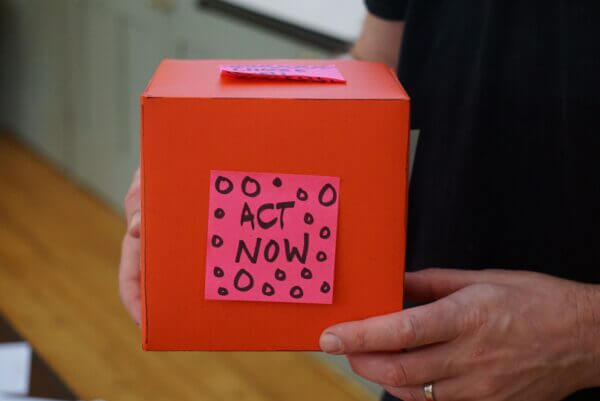
 This thought piece is brought to us by Nader Hashim, a Vermont state senator and director of
This thought piece is brought to us by Nader Hashim, a Vermont state senator and director of 